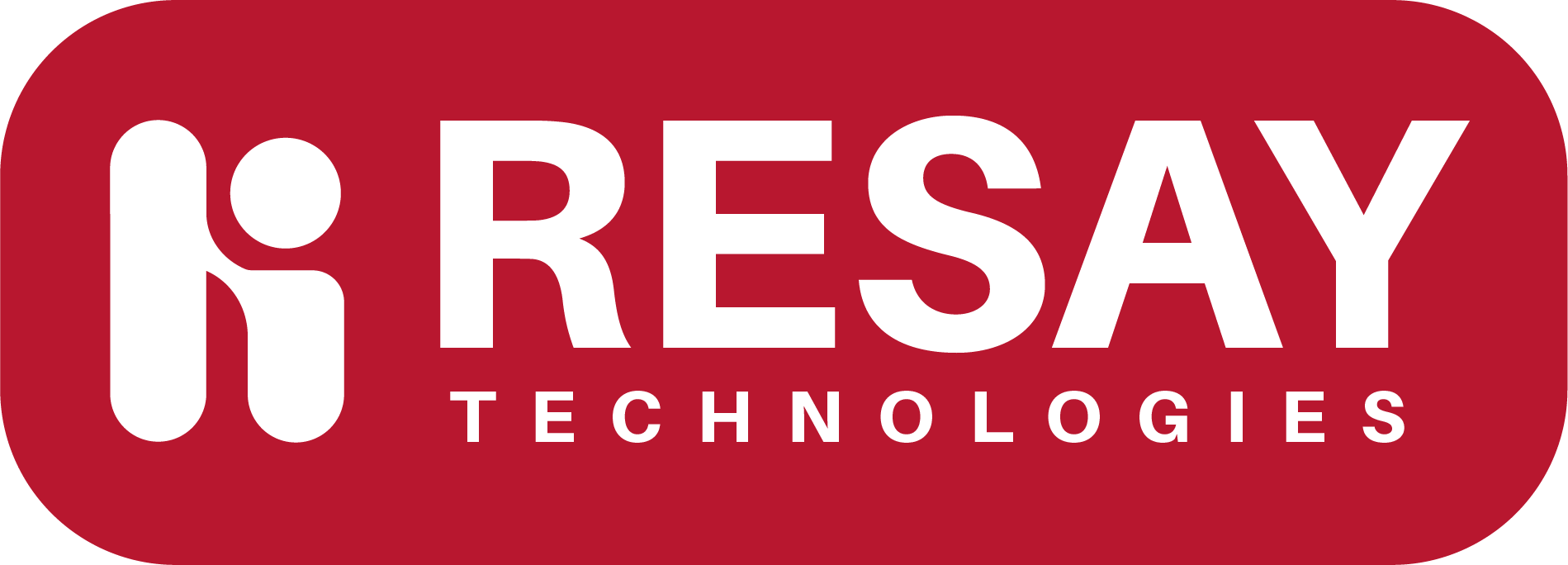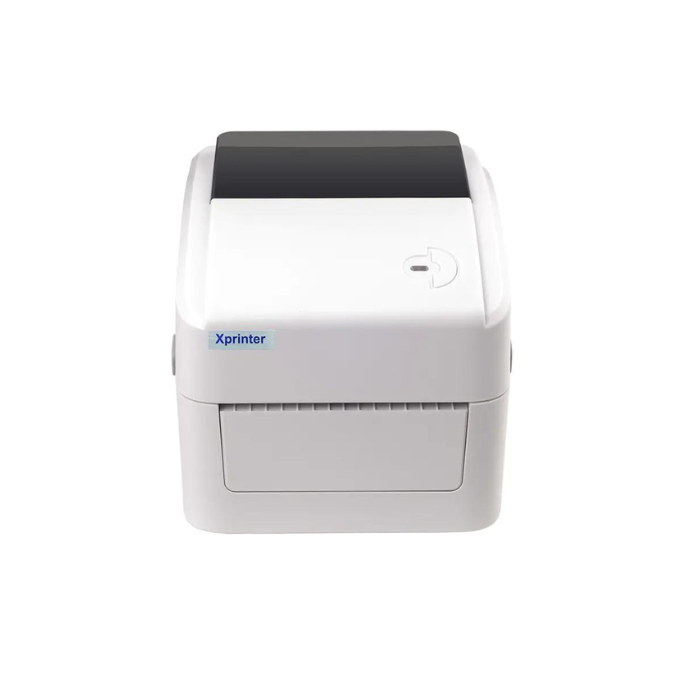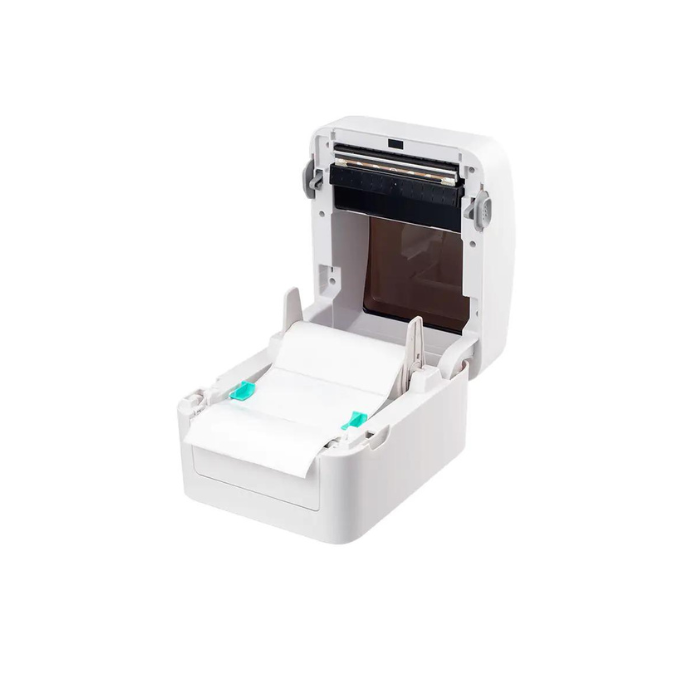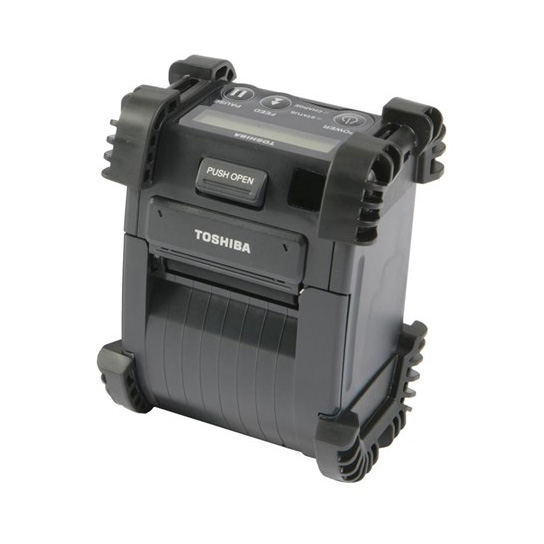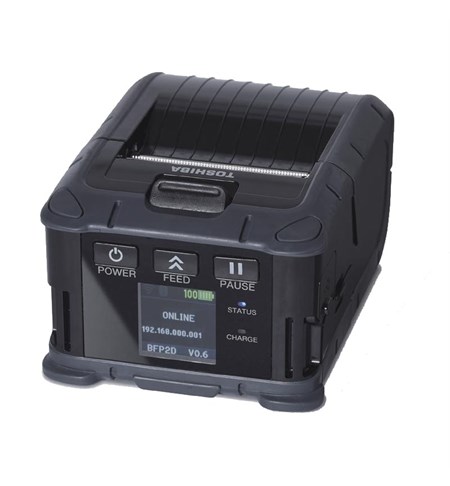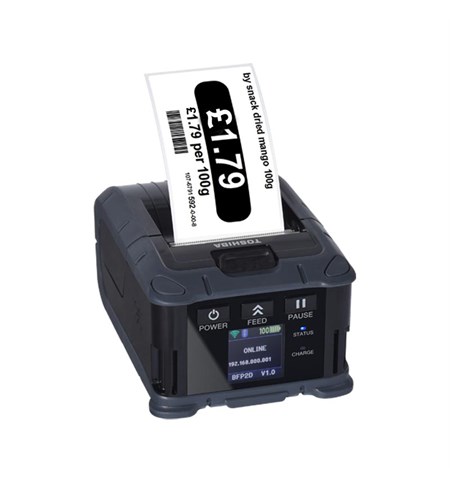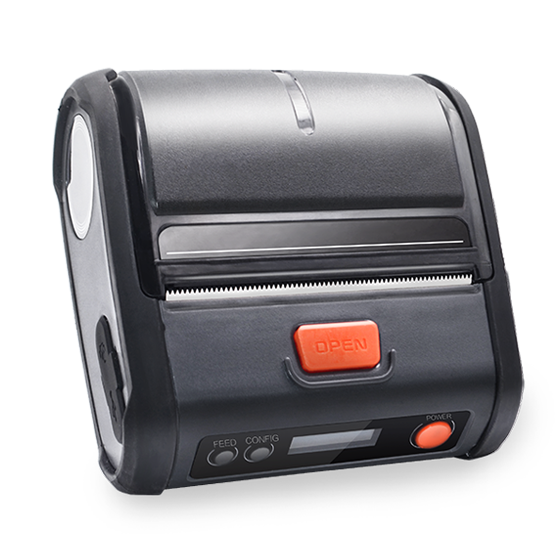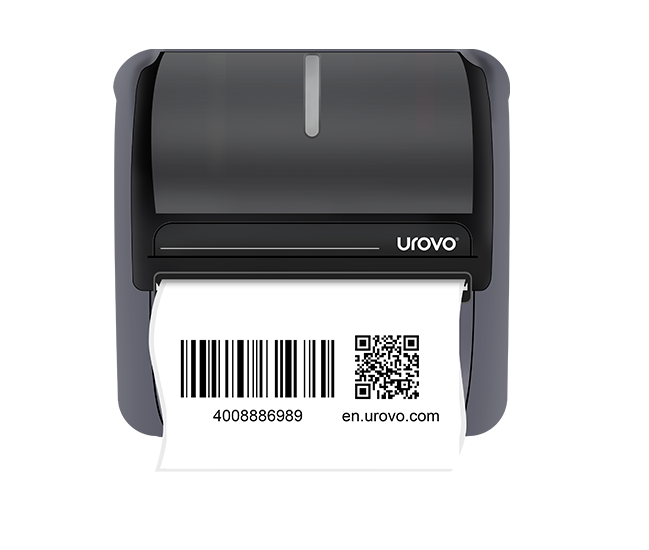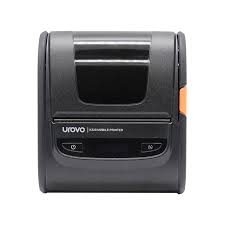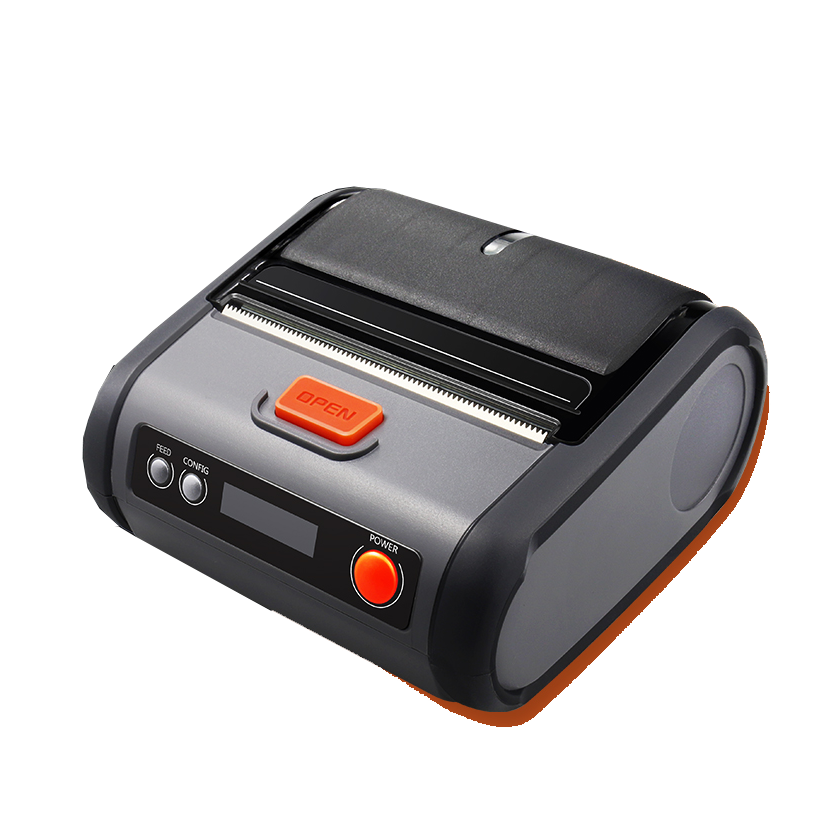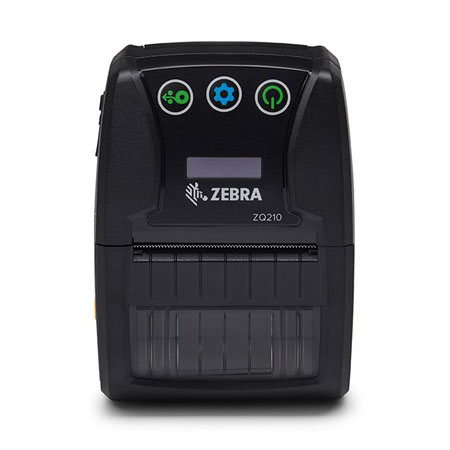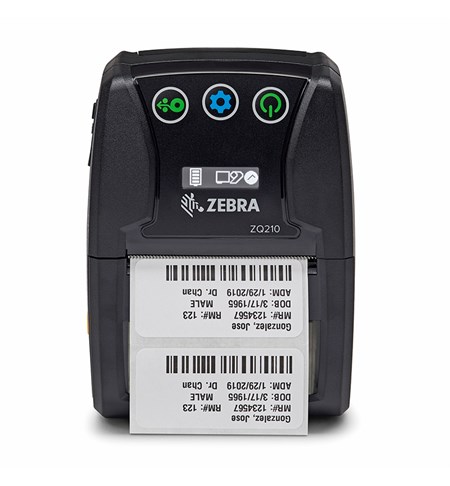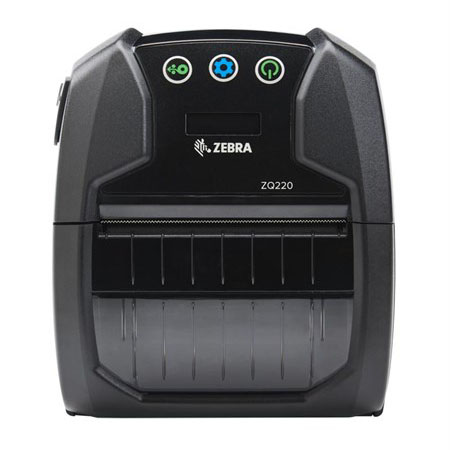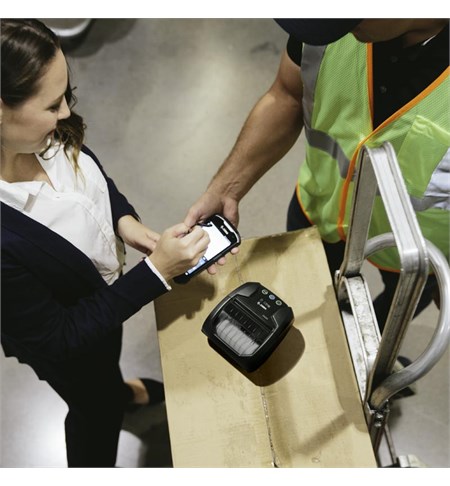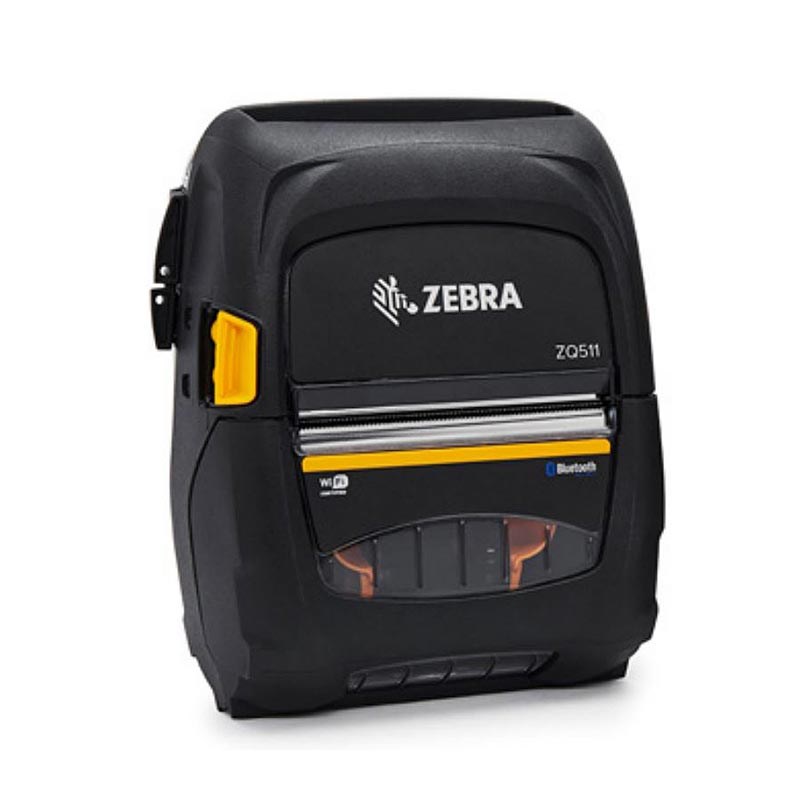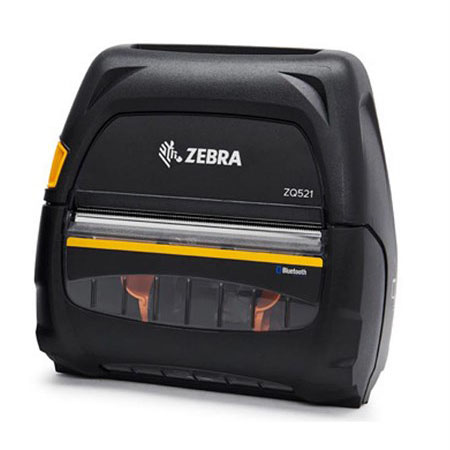Mobile label printers are compact, portable devices designed for on-the-go label printing in various industries and applications. These printers provide a convenient solution for businesses and professionals who require the flexibility to print labels in different locations. Here are key aspects associated with mobile label printers:
- Portability:
- The primary feature of mobile label printers is their portability. These printers are lightweight and compact, allowing users to carry them easily and print labels wherever they are needed.
- Printing Technologies:
- Mobile label printers commonly use direct thermal printing technology. This technology is well-suited for on-the-go applications as it eliminates the need for ink or toner cartridges.
- Connectivity:
- Mobile label printers support various connectivity options, including Bluetooth, Wi-Fi, USB, and NFC (Near Field Communication). This allows seamless integration with smartphones, tablets, and other mobile devices.
- Battery-Powered Operation:
- These printers are typically powered by rechargeable batteries, eliminating the need for a constant power source. The battery life varies, but many models are designed to withstand a full day of printing on a single charge.
- Print Speed:
- Mobile label printers offer different print speeds, usually measured in inches per second (IPS) or labels per minute (LPM). While they may not match the speed of larger industrial printers, they are optimized for quick on-the-spot label printing.
- Print Resolution:
- Print resolution is measured in dots per inch (dpi) and determines the quality and clarity of the printed labels. Higher dpi values result in sharper prints.
- Label Material Compatibility:
- Mobile label printers are compatible with a variety of label materials, including paper and synthetic materials. This versatility allows users to print labels suitable for different applications and environments.
- Label Size and Width:
- Mobile label printers support various label sizes and widths, providing flexibility for different labeling needs. Users can choose the appropriate label size based on their specific requirements.
- User-Friendly Interface:
- The interface of mobile label printers is designed to be user-friendly, often featuring simple controls, status indicators, and easy-to-navigate menus. This ensures ease of use, even for users without extensive technical knowledge.
- Durability:
- Mobile label printers are built to withstand the rigors of on-the-go use. They are often designed to be rugged and durable, capable of handling occasional drops and exposure to different environmental conditions.
- Integration with Mobile Devices:
- Mobile label printers seamlessly integrate with smartphones and tablets through dedicated mobile apps. This allows users to create and print labels directly from their mobile devices.
- Label Design Software:
- Some mobile label printers come with companion label design software or apps that enable users to create and customize labels on their mobile devices.
- Field Service Applications:
- Mobile label printers find applications in field service scenarios, such as inventory management, asset labeling, and on-site labeling in construction or healthcare settings.
- Retail and Warehousing:
- In retail and warehousing, mobile label printers are used for price labeling, shelf labeling, and inventory management tasks.
- Mobile Point-of-Sale (mPOS):
- Mobile label printers are integrated into mobile point-of-sale systems, allowing businesses to print product labels, receipts, and transaction details on the spot.
